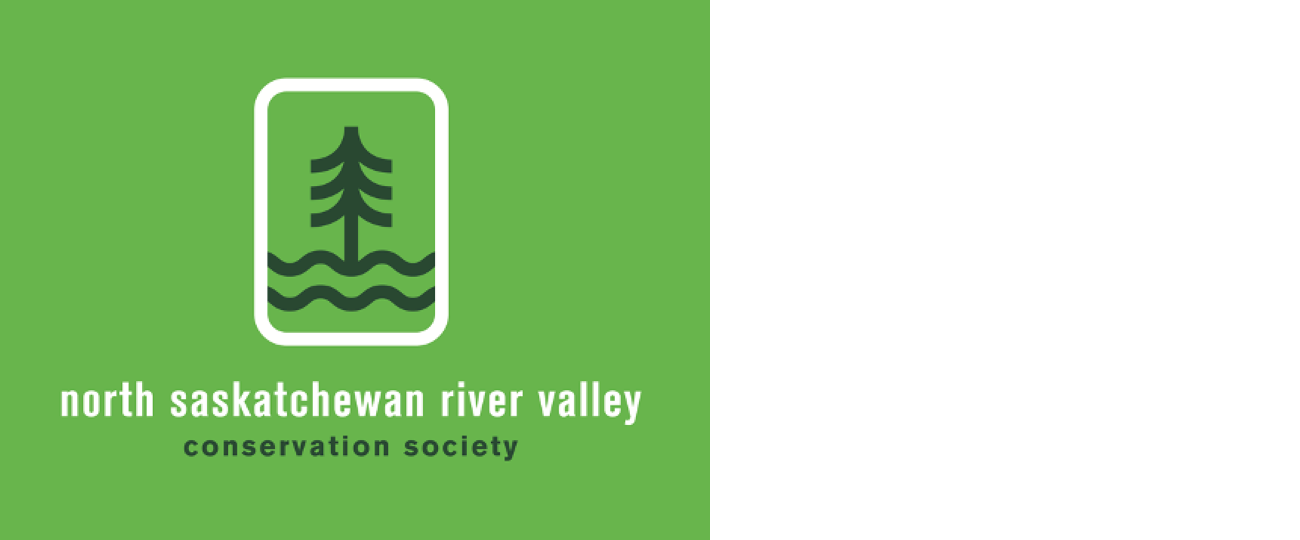Outdoor skating, iceway skating trails and ice rinks open
Skaters have choices for public outdoor ice-skating surfaces in Edmonton. The City maintains both ground and pond ice rinks in major parks, as well as two Iceway Skating Trails. Residents can lace up their skates and experience Edmonton's river valley ice rinks now that Victoria Oval and Iceway, Hawrelak Park, and Rundle Park Iceway have opened for the season.
The Victoria Park IceWay is a skating trail wrapping through the majestic forests of Victoria Park offering visitors a magical and enchanted winter experience in the heart of downtown Edmonton. Rundle Park IceWay features a shinny pond, a large tableland ice skating surface and a smaller family rink.
Rundle Park IceWay is connected to picnic shelters and warming huts for an enjoyable, family-friendly skating experience in the River Valley. Information about City outdoor skating surfaces, pavilion hours and ice conditions at https://www.edmonton.ca/activities_parks_recreation/outdoor-ice-rinks
Lucien Dubuc the first judge in Alberta to hear a case in French
(Girl Named Shirl Photography)
Located on the Heritage Trail along the Victoria Promenade, a bronze bust of Lucien Dubuc looks out towards the river. Originally from Saint-Boniface, Manitoba, Lucien came to Edmonton in the 1890s to practice law.
By 1920, Dubuc had been appointed to the Alberta District Court Bench, beginning a career that culminated in his appointment as Chief Justice of Northern Alberta. Lucien is most famous for being the first judge in Alberta to hear a case in French.
Lucien Dubuc lived in Oliver and loved gardening. On the steep hillside above Victoria Park and golf course, he laid out, for the enjoyment of the public, his dream. According to historians, he planted over a hundred elm and evergreen trees, perennials, and berry bushes. He decorated the garden with building stones, iron arches, and rustic furniture. Little remains today except the elm and evergreen trees. More at https://www.edmontoncommonwealthwalkway.com/storyline/history/60
Conservation gardens can provide refuge for Canada’s plummeting biodiversity
Tending a garden can be a radical act. For a growing number, gardening is a grassroots effort to restore damaged ecosystems and reconcile our relationship with the land. The photo is of the Natural Spaces winner in Edmonton’s 2022 Front Yards in Bloom
The planet is experiencing unprecedented biodiversity loss. A 2022 report from WWF Canada cites dwindling access to healthy, intact habitats as a major factor limiting species recovery. Put simply, wildlife is running out of places to live. Cities are now the fastest growing ecosystem in the world, projected to cover 1.9 million square kilometres by 2030 and 3.6 million square kilometres by 2050.
Plants form the foundations of ecosystems. They take in sunlight and carbon dioxide, and in return provide oxygen, food and habitat for everything else. But these foundations are crumbling under human-caused pressures such as industrial activity, invasive species, urbanization, agriculture, a warming climate.
Of the more than 500 species at risk in Canada, 250 are wild plants. When these plants are gone, everything that relies on them eventually goes too. Read more at https://canadiangeographic.ca/articles/how-does-your-garden-grow/
Toboggan existed before settlers came to Turtle Island
Long before settlers arrived, Indigenous people used handcrafted toboggans to transport people and goods across the snowy tundra. Toboggans were long, but narrow, pulled by a man or woman wearing a chest harness or, if available, sled dogs. The significance of the width was that a narrow sleigh could fit easily inside a snowshoe trail.
The word toboggan likely originates from the word for sled by the Mi’kmaq - tobâkun or Abenaki - udãbãgan. French Canadians adopted the word in the early 1800s but spelled it tabaganne. Settlers were quick to adopt the use of toboggans for transport, hunting and fur trading ventures, but soon realized it could be used for recreation as well. It became a popular sport in the late 1800s. Clubs, such as the Montreal Tobogganing Club, founded in 1881, sponsored meets and competitions.
This recreational past-time has also evolved into serious competitive sports. Three modern Olympic sports were born out of downhill tobogganing: bobsledding, luging and skeleton racing. Hill conditions and safety tips on City toboggan hills in the river valley at https://www.edmonton.ca/activities_parks_recreation/toboggan-hills
Participate in YEG’s Christmas bird count on December 18
Liz writes “Thanks as always for a great newsletter. I will be bush beating this year, again. Wonderful to be part of a program that has been going for more than 65 years in our community.”
Resonant Progression by Royden Mills, City of Edmonton public art collection. Photo by R. Mills. https://www.edmontonpublicart.ca/#!/details/223
Comment or contribution
Please note that articles may not reflect the position of NSRVCS. River Valley News is meant to be a clearinghouse for the wide variety of opinions and ideas about Edmonton’s River Valley. Email river valley photos, event information, comments, or questions to nsrivervalley@gmail.com
Sincerely yours,
Harvey Voogd
North Saskatchewan River Valley Conservation Society
780.691.1712


















